The Best Features of a Contemporary Home
The architectural space we’re currently designing in is referred to as “contemporary”. Just as styles of architecture before this time are known for common defining features, contemporary design also showcases many features. Most new house designs that we see today are home to these. In this blog, we’ll go over some of the most common features of contemporary homes.
Synergy with Nature
The first unique aspect of a contemporary home is the way the building acts in harmony with its natural surroundings. This concept is similar to a lot of high modernism design, such as many of Mies Van Der Rhoe’s more famous works, but in contemporary architecture, this has been brought to a much more accessible level.
In New Zealand and in many places around the world, there is plenty of nature from which we can draw inspiration from. Modern engineering has made building homes among natural areas much more accessible, particularly if they have been on difficult landscapes in the past. As a result, many contemporary homes in New Zealand boast thick, bushy landscapes right in their backyards.
We are lucky in this country to be able to build on lush, green landscapes, but even in places with less to work with, architectural designers find ways to incorporate nature in more innovative ways than we ever thought possible. Rooftop gardens, greenhouse concepts, and other innovations make housing around the world more harmonious with natural surroundings than ever before.
Prioritising Light and Open Spaces
Contemporary homes have a distinctive, spacious energy. This is possible by prioritising light—both natural and electric—in spaces that are vast and open. If you’ve seen any recently renovated homes this past decade, you’ll see similarities in the floor plan which prioritise as much space as possible in the communal living and dining areas. Often, floor-to-ceiling glass will enhance these areas further. This gives the illusion of more space by extending the indoor-outdoor flow.
Gone are the days of dimly lit conversation pits—a defining feature of mid-century modernism that provided spaciousness between floor and ceiling. Now, contemporary homes want space to stretch far and wide, and light is the key to achieving this. Even in homes without the ability to create indoor-outdoor flow, contemporary architecture pushes the idea of natural light through skylights, simulation light bulbs, and ventilation wherever possible.
Asymmetrical Lines
While contemporary draws a lot of inspiration from modernism when it comes to sleek, gridded lines as symbols of the ‘less is more’ concept, it has paved its own unique features by skewing this grid wherever possible. Contemporary architecture uses asymmetry in the forms of diagonal lines, curvatures, and protrusions within many homes.
These features help architectural designers add their own flair into a design in a way that tries to reclaim the strict nature of modernist ideals. While the overall look and feel of contemporary homes are still stripped back and sleek, this is done while incorporating flairs of style throughout.
‘Green’ Innovations
Architecture is often seen as a reflection of the culture of its time, and contemporary is no exception to this. With climate change and sustainability at the forefront of design consciousness, the response from a housing perspective has been to implement more and more green initiatives. For this reason, you may often find that contemporary homes feature green solutions like innovative gardens, living walls, solar initiatives and even renewable gas sources.
The ‘passive home’ is a term that is used commonly for homes that implement green innovations that make them entirely carbon neutral. We have come a long way when it comes to responsible and environmentally sound housing in the past decade, so much that this is a substantial defining feature in the style of architecture itself.
Natural Materials
The last element that is commonly seen in contemporary architecture that we’ll talk about here is the use of natural materials. While contemporary does like to use glass and metallic textures taken from the high-tech period of architecture, it equally attempts to balance this out with the inclusion of natural wood and stone textures.
Contemporary architecture seeks to blend with its natural surroundings, rather than stand out. Rich, textural materials give the illusion that the structure is not a plight against the nature it resides in, but an extension of the area. In New Zealand in particular, many homes are built within bush surroundings, and their design seeks to entwine with this through the use of rich, wood textures.
Build Your Contemporary Home with Gubb Design
Here at Gubb Design’s architecture design house, we can help you build your vision of the ideal contemporary home. Talk to us today to find out more.
BOOK A CALL
Let us design your architectural vision.


